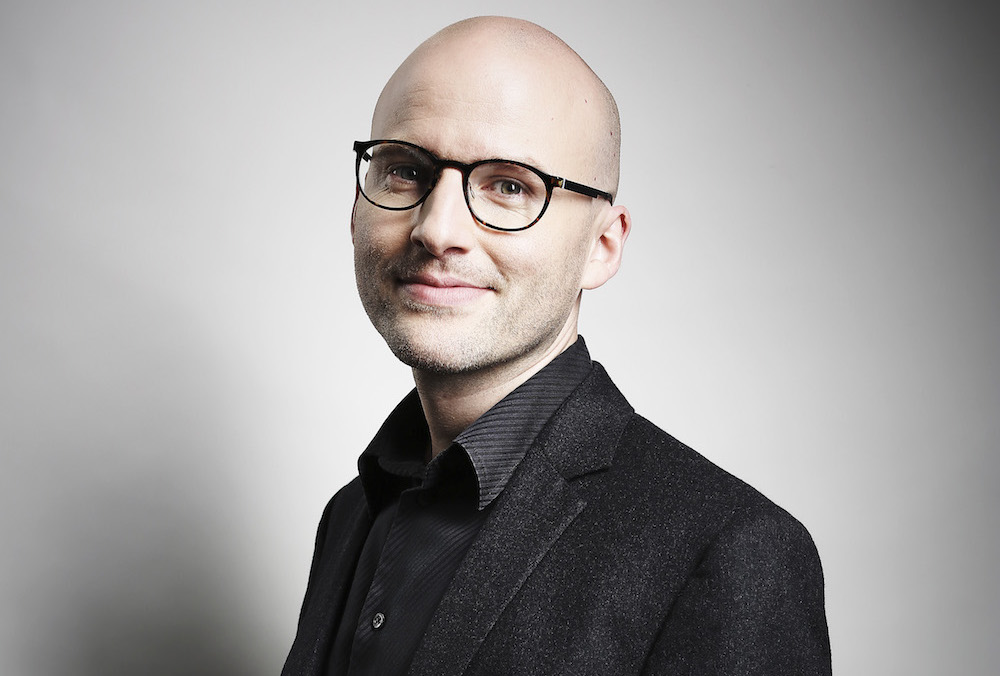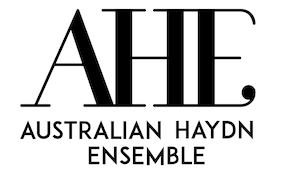Deep, tenebrous piano dissonances set the scene for the first movement of Ross Edwards’ new (or at least newly expanded) piano quartet, the centrepiece of the Australia Piano Quartet’s Mystic Voyage programme. Emerald Crossing, which dates back to 1999, has an evocative programme: “a waking dream in which a canoe was being propelled slowly across calm green water, possibly a lagoon, towards an island,” he wrote in Limelight. The right hand of the piano – sparkling notes dispatched by Daniel de Borah – flickers and flashes, accented shards of light thrown up from the surface of the water before Thomas Rann’s husky cello emerges from the darkness. The harmony is drone-like, hovering around a deep-rooted pitch-centre, the strings weaving – Anna Da Silva Chen’s violin lustrous over James Wannan’s mellow viola. Awash with a sense of ritual and meditative contemplation, the piece stood alone when it was commissioned by the (unrelated) Perth-based Australian Piano Quartet.
 Pianist Daniel de Borah. Photo © Eamonn McLoughlin.
Pianist Daniel de Borah. Photo © Eamonn McLoughlin.
The Australia Piano Quartet, however, commissioned a sequel – a second movement to expand the work. Sea Star Dances “celebrates landfall on the seemingly utopian island in a series of dance episodes linked by fragmentary references to the very beautiful 9th-century European liturgical hymn Ave Maris Stella,” Edwards wrote. He has drawn on the hymn before, mining material from it for his concerto for alto saxophone and percussion, Frog and Star Cycle, premiered by Amy Dickson, Colin Currie and the Sydney Symphony Orchestra, last year.
Sea Star Dances opened with double-stopping viola, folk-dance elements splintering off into wilder, dramatic gestures. Wannan was in the spotlight here, the viola soaring over bell-like piano clusters, the movement ultimately coming to a head with driving piano, jagged strings and biting accents in a frenetic dance, accents splashing and cascading down the piano.
Framing the Edwards was Schubert and Shostakovich. Schubert’s Adagio and Rondo Concertante saw the quartet (with guest violinist Kristian Winther taking the violin part) deliver a fulsome sound, the strings keen-edged and vibrant against the piano. In the Rondo, particularly, it was the piano that took the spotlight, De Borah’s sound glittering and dancing, though at times muscular string playing pushed it to the background.
De Borah showed a wonderful flexibility of tone throughout the programme, bring plenty of power to the opening of Shostakovich’s hefty, Stalin Prize-winning Piano Quintet, Op.57. The work felt larger than life in the intimate confines of the Utzon Room, overbearingly so at times, the close-quarters making it difficult for the musicians to achieve the haunting distance Shostakovich needs and the level of contrast that can only really be managed in a bigger space. That said, Winther did a fine job of pulling it back in the Fugue of the second movement, his quiet duetting with Chen on second a pleasure, as was his wistful melody in the Intermezzo. De Borah’s piano was articulate and percussive in the Scherzo, seeming almost to mimic the sound of the xylophone in Shostakovich’s symphonies in both this movement and the finale, which, following some fierce string playing and passages of folky bounce and heightened intensity, faded into its quiet denouement.
All in all, an interesting programme played with an intense energy that filled the Utzon Room to the brim.












Comments
Log in to join the conversation.